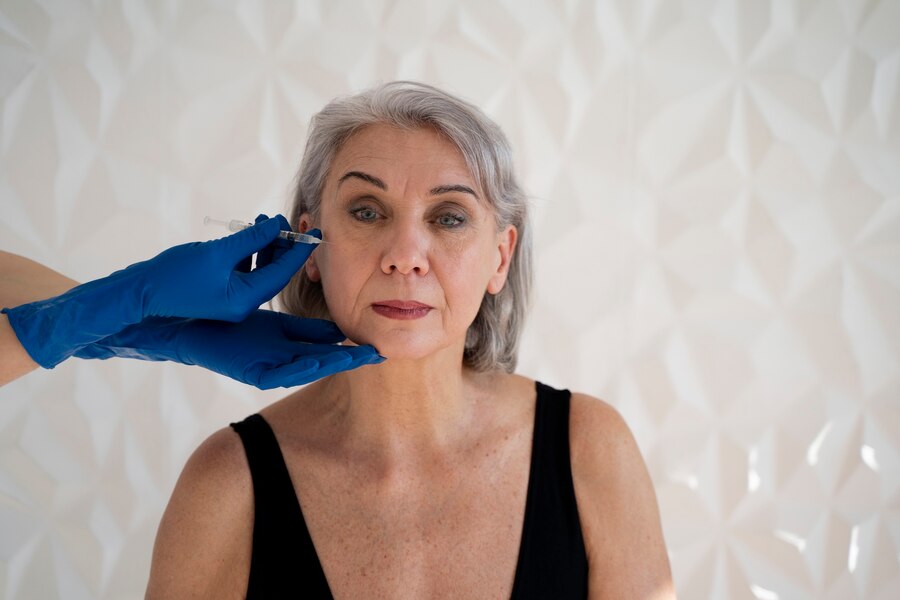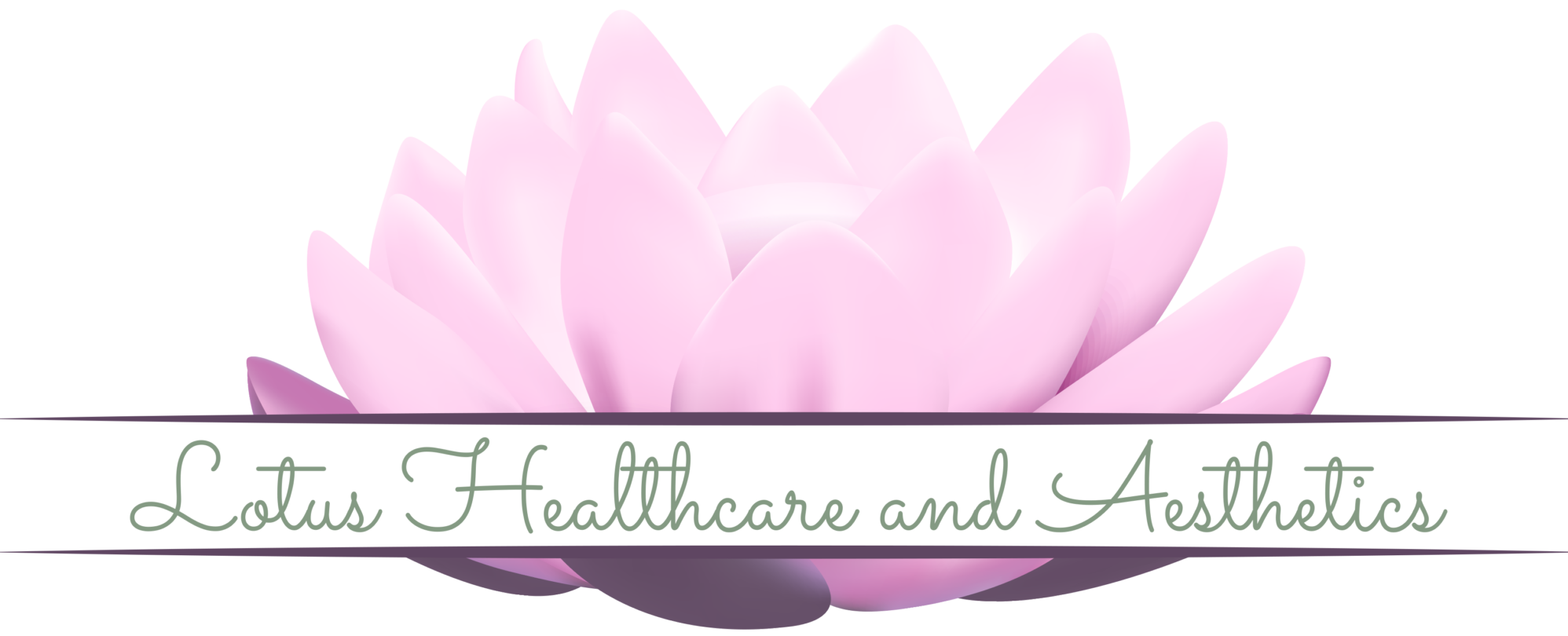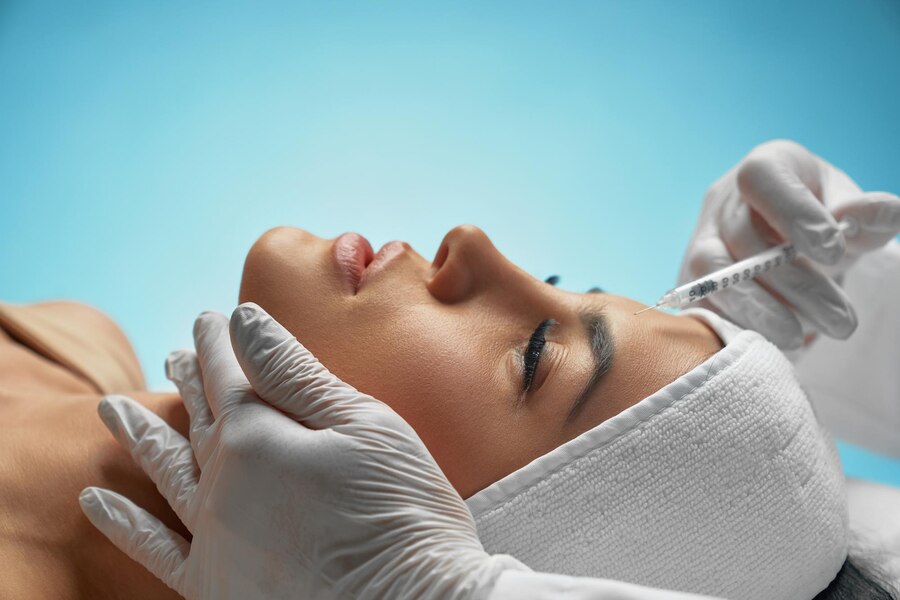In recent years, Botox has surged in popularity as a cosmetic treatment, revolutionizing how individuals approach aging gracefully. As a potent neurotoxin derived from Clostridium botulinum, Botox works wonders in temporarily paralyzing muscles, thus smoothing out wrinkles and fine lines on the face. However, Botox boasts many medical benefits beyond its cosmetic applications, ranging from alleviating chronic migraines to managing excessive sweating and even treating muscle disorders.
In this blog series, we will delve deep into the fundamentals of Botox, exploring its mechanism of action, the science behind its effectiveness, and the various areas of the body it can treat. We’ll also unravel the myths and misconceptions surrounding Botox, empowering you with the knowledge needed to make informed decisions about whether this treatment aligns with your personal goals and health needs.
Understanding the Mechanism of Botox
Botox, short for Botulinum Toxin, is derived from the bacterium Clostridium botulinum, which is found in various natural settings, including soil, lakes, and forests. While it is associated with botulism, a potentially fatal illness caused by botulinum toxin, when used in controlled doses, Botox has proven to be a safe and effective treatment for a range of medical and cosmetic conditions.
The mechanism of action behind Botox lies in its ability to temporarily paralyze muscle activity by blocking the signals that nerve cells send to muscles, ultimately preventing them from contracting. The active ingredient in Botox, botulinum toxin type A, inhibits the release of acetylcholine, a neurotransmitter responsible for triggering muscle contractions. Botox effectively relaxes the muscles by interrupting this communication, smoothing out wrinkles and lines on the skin’s surface.
The Science Behind Botox’s Effectiveness
Botox is most commonly known for its cosmetic applications, particularly in reducing the appearance of facial wrinkles such as crow’s feet, frown lines, and forehead furrows. When injected into specific muscles, Botox temporarily weakens them, reducing the dynamic wrinkles caused by repeated facial expressions.
Over time, with regular treatments, these wrinkles may become less pronounced, giving the skin a smoother and more youthful appearance.
Beyond its cosmetic benefits, Botox has also demonstrated remarkable efficacy in treating various medical conditions. One of the earliest medical applications of Botox was in treating strabismus, a condition characterized by misalignment of the eyes. Botox can help correct strabismus and restore normal alignment by selectively weakening specific eye muscles, improving vision and aesthetics.
Critical Benefits of Botox Treatment
- Versatile: Solution Botox serves as both a cosmetic enhancement and a medical treatment, catering to a wide range of needs.
- Wrinkle Reduction: Temporary paralysis of targeted muscles leads to a visible reduction in wrinkles and fine lines.
- Medical Applications: Effective in managing chronic migraines, cervical dystonia, hyperhidrosis, TMJD, and strabismus
- Safety: When administered by qualified healthcare providers, Botox is generally safe with minimal risks.
- Minimal Downtime: Quick procedure with little to no downtime, allowing individuals to resume normal activities promptly.
- Long-Term Improvement: Regular treatments may lead to sustained improvement in skin appearance and condition.
- Confidence Boost: Enhances self-confidence and overall quality of life by improving appearance and addressing medical concerns.
- Complementary Treatments: Can be combined with alternative therapies and skincare regimens for comprehensive results.
- Communication and Collaboration: Encourages ongoing dialogue between patients and healthcare providers for personalized care and optimal outcomes.
Exploring the Versatility of Botox Treatment Areas
While facial rejuvenation remains the most well-known use of Botox, its versatility extends far beyond cosmetic enhancements. Botox injections are commonly used to treat a wide range of medical conditions, including chronic migraines, cervical dystonia (a neurological disorder characterized by involuntary muscle contractions in the neck and shoulders), and hyperhidrosis (excessive sweating).
In addition to its therapeutic applications, Botox has shown promise in managing temporomandibular joint disorder (TMJD), a condition characterized by jaw pain, stiffness, and difficulty chewing or speaking. By injecting Botox into the jaw muscles, healthcare providers can help alleviate the symptoms associated with TMJD, providing much-needed relief to patients suffering from this debilitating condition.
Making Informed Decisions About Botox Treatment
Before undergoing Botox treatment, it’s essential to consult with a qualified healthcare provider who can assess your individual needs and discuss the potential risks and benefits associated with the procedure. During the consultation, your provider will evaluate your medical history, examine the areas of concern, and develop a personalized treatment plan tailored to your unique goals and expectations.
It’s important to note that while Botox is generally safe when administered by a trained professional, it may not be suitable for everyone. Individuals with certain medical conditions, such as myasthenia gravis or Lambert-Eaton syndrome, may be at increased risk of experiencing adverse reactions to Botox and should avoid treatment altogether.
Long-Term Effects of Botox Treatment
One common concern among individuals considering Botox treatment is the potential for long-term effects on muscle function and facial expression. While Botox temporarily weakens the targeted muscles, its effects are not permanent, typically lasting three to four months before gradually wearing off. With repeated treatments, the duration of Botox’s effects may extend, allowing individuals to enjoy longer intervals between sessions.
Moreover, there is no evidence to suggest that Botox causes permanent damage to facial muscles or affects natural expressions when administered appropriately by a skilled professional. Many individuals find that Botox treatments help maintain facial harmony and prevent the formation of deep wrinkles over time, resulting in a more youthful and refreshed appearance.
Alternative Treatments and Complementary Therapies
In addition to Botox injections, there are various alternative treatments and complementary therapies available for individuals seeking to enhance their appearance or address medical conditions. Dermal fillers, such as hyaluronic acid-based injectables, can add volume to areas of the face and improve the appearance of deep wrinkles and hollows.
Furthermore, skincare regimens incorporating retinoids, antioxidants, and sun protection can help prevent premature aging and maintain healthy, radiant skin. Non-invasive procedures like laser therapy, microdermabrasion, and chemical peels can complement Botox treatments by targeting specific skin concerns and improving skin texture and tone.
The Role of Proper Preparation and Aftercare in Botox Treatment
Before undergoing Botox treatment, preparing to maximize the procedure’s effectiveness and safety properly is essential. This includes scheduling a consultation with a qualified healthcare provider to discuss your goals, medical history, and any concerns you may have regarding Botox treatment.
- Consultation: Schedule a consultation with a qualified healthcare provider to discuss goals, medical history, and concerns regarding Botox treatment.
- Assessment: During the consultation, the provider assesses suitability for Botox, explains the treatment process, and addresses any questions or uncertainties.
- Medication Adjustment: Avoid blood-thinning medications like aspirin and ibuprofen before treatment to minimize the risk of bruising at injection sites.
- Lifestyle Adjustments: Refrain from alcohol and tobacco in the days leading up to treatment to reduce inflammation and promote optimal healing post-injection.
- Aftercare Recommendations: Follow proper aftercare instructions provided by the healthcare provider, including avoiding strenuous exercise, excessive heat or sun exposure, and massaging the treated areas.
- Prevention of Spread: Adhering to aftercare guidelines helps prevent the spread of Botox to unintended areas and reduces the risk of adverse reactions.

Exploring the Psychological Impact of Botox Treatment
Beyond its physical effects, Botox treatment can also have a profound psychological impact on individuals, influencing their self-perception, confidence levels, and overall well-being. Many individuals report feeling more confident and satisfied with their appearance following Botox treatment, experiencing a boost in self-esteem and greater empowerment.
Botox treatment represents more than just a cosmetic enhancement for some individuals—it’s a means of reclaiming control over their appearance and reversing the visible signs of aging or medical conditions that may have impacted their self-confidence. By addressing areas of concern and achieving their desired aesthetic outcomes, individuals can experience improved quality of life and enhanced psychological well-being.
However, it’s essential to recognize that while Botox treatment can enhance external appearance, true confidence and self-worth stem from within. While Botox may temporarily improve physical appearance, it’s essential to cultivate a positive self-image and embrace one’s unique qualities and attributes beyond external aesthetics.
The Importance of Ongoing Communication and Follow-Up Care
Maintaining open communication with your healthcare provider and attending regular follow-up appointments are essential aspects of Botox treatment. During follow-up visits, your provider will evaluate the results of your Botox treatment, address any concerns or issues that may arise, and make any necessary adjustments to your treatment plan.
Furthermore, ongoing communication allows you to voice your preferences, discuss any changes in your health or lifestyle, and explore additional treatment options or complementary therapies that may enhance the results of your Botox treatment. By fostering a collaborative relationship with your healthcare provider, you can ensure your Botox experience is personalized, effective, and tailored to your needs and goals.
As you embark on your journey with Botox treatment, remember that proper preparation, attentive aftercare, and communication with your healthcare provider are paramount to achieving optimal results and ensuring a positive experience. At Lotus Healthcare and Aesthetics, we are committed to providing personalized care and guidance every step of the way, empowering you to look and feel your best.
Ready to discover the transformative benefits of Botox treatment? Schedule a consultation with Lotus Healthcare and Aesthetics today to explore your options, address your concerns, and embark on a path toward enhanced confidence and well-being. Our experienced professionals are dedicated to helping you achieve your aesthetic and wellness goals with precision, care, and compassion.
Take the first step toward a rejuvenated appearance and renewed self-confidence – contact us now to begin your Botox journey with Lotus Healthcare and Aesthetics.



